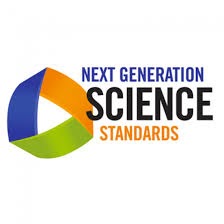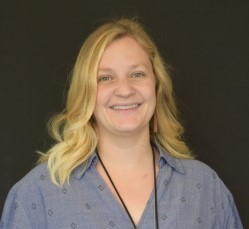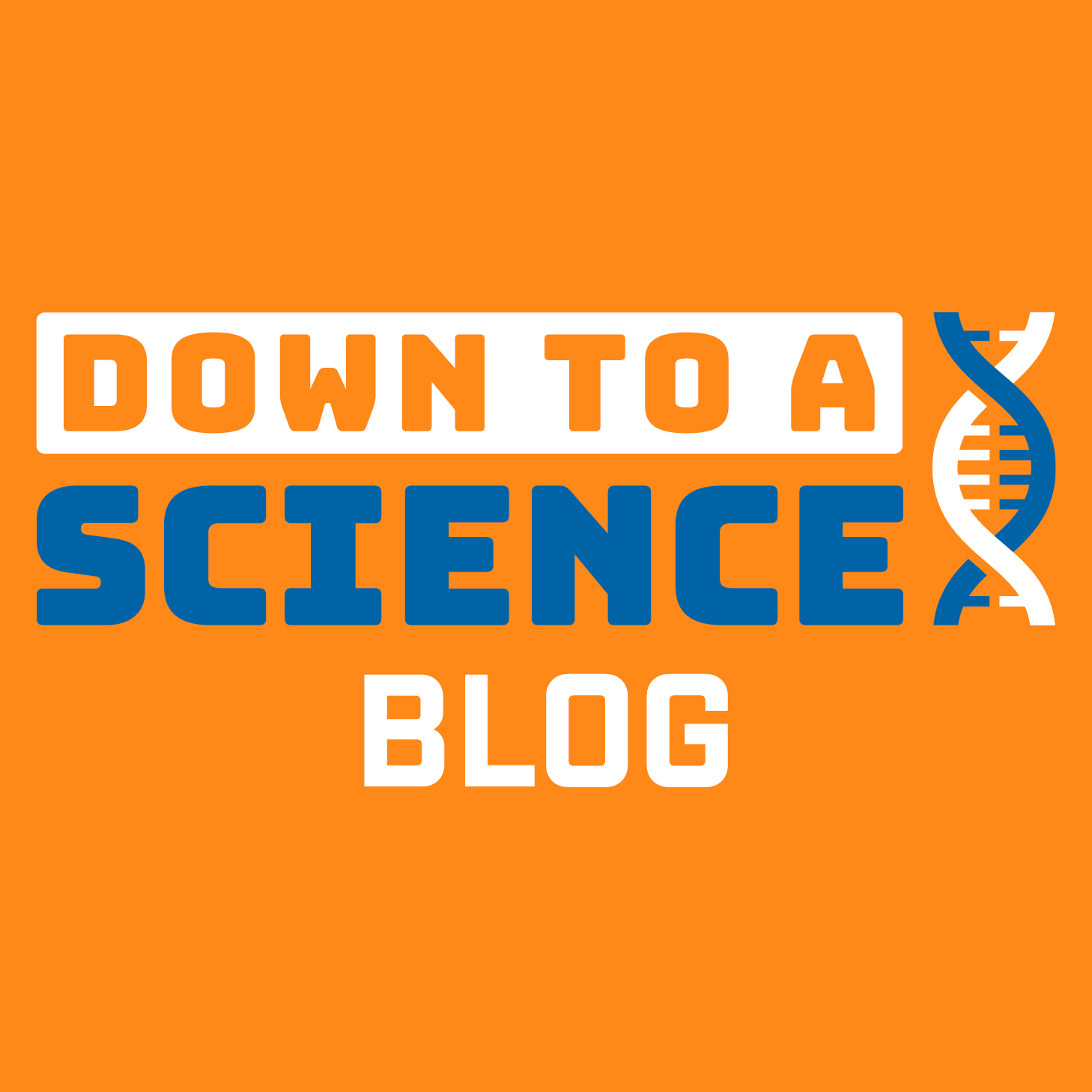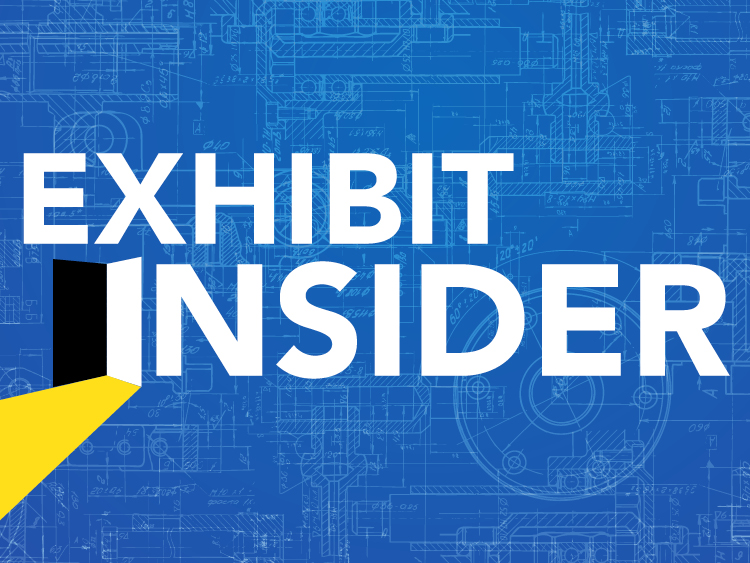 Over the years, as teachers, we have been focused on raising the level of cognitive thinking in our students by incorporating different tiers of Bloom’s Taxonomy or increasing the Depth of Knowledge Level.
Over the years, as teachers, we have been focused on raising the level of cognitive thinking in our students by incorporating different tiers of Bloom’s Taxonomy or increasing the Depth of Knowledge Level.
Do these principles still apply for the Next Generation Science Standards (NGSS). Some say they don’t.
You cannot go wrong with asking students to analyze rather than define or compare; however, some experts in the field are saying this is not enough. For our students to truly grasp NGSS, we need to get them fully ingrained into the vocabulary of the three dimensions. Marzano, Rogers, and Simm’s (2015) developed a list of vocabulary for each of the seventeen total crosscutting concepts (CCCs) and science and engineering practices (SEPs) which are particularly useful when helping our students develop a unified structure to base their science vocabulary off of. By fully understanding this vocabulary, along with other key cognitive vocabulary, our students should be able to speak the language of NGSS.
What do we mean by speaking the language of NGSS? Ideally, we want our students to be able to discuss things such as the cause and effect of phenomena and to explain the energy transferred from one system to another. With a complete understanding of this academic vocabulary, we will be preparing our students for the 21st century workforce, exactly the goal of NGSS. Here at the Connecticut Science Center, we are proposing an addition to our traditional DOK wheel. We should focus on using a higher level of cognitive vocabulary, but let’s put more of a purpose behind it. If your daily learning objective is to graph data obtained from a lab completed in class, try phrasing it as:
Students will analyze and interpret data gathered from mining lab and develop a graph to present results.
Our goal is not to throw out our DOK wheel, or put that Bloom’s flip chart in the back of your cabinet. Instead, we might want to dust them off and refresh the verbs that we are using and add to them with the purposeful placement of vocabulary specifically used in the Next Generation Science Standards, increasing our cognitive levels by asking students to first acquire, then apply, analyze, and finally augment knowledge. By focusing (and refocusing) our efforts to the language of NGSS, we will increase our students linguistic skills and get them used career-oriented vocabulary.

Lindsey Sullivan is a Professional Learning Specialist at the Connecticut Science Center’s Mandell Academy for Teachers. Before joining the Mandell Academy, Lindsey was a high school science teacher. Currently, Lindsey supports educators as they make sense of NGSS through her facilitation of workshops offered by the Mandell Academy as well as providing coaching support in schools.


